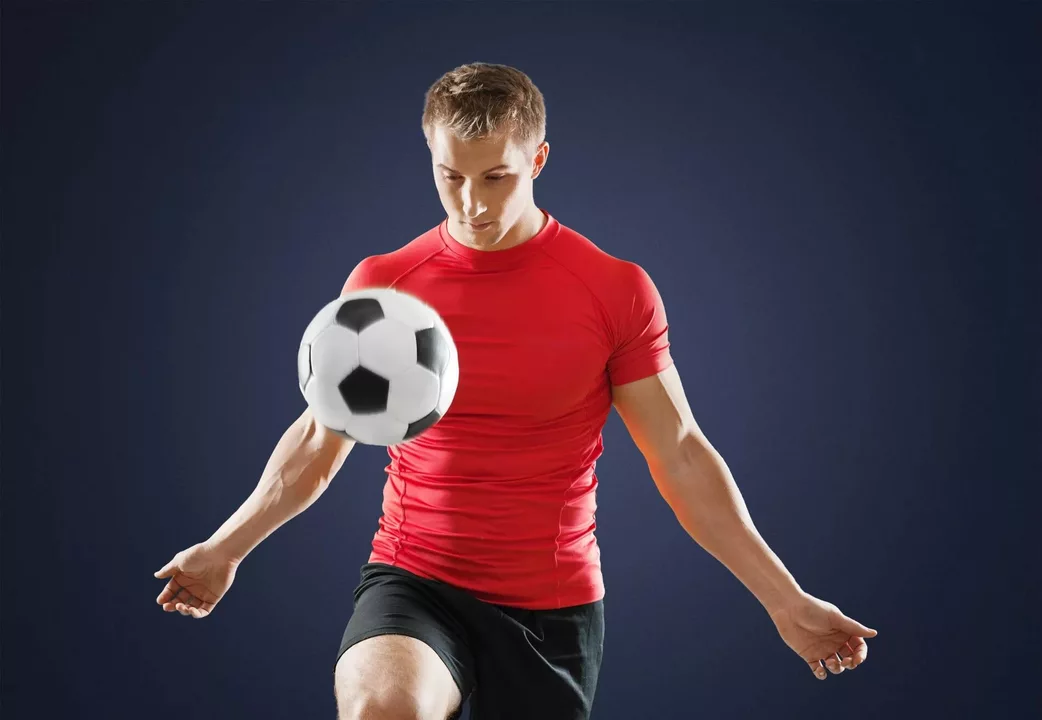Soccer Players – Tips, Training, Gear & Fun Facts
If you love kicking a ball around, you’ve probably thought about what makes a good soccer player. It isn’t just talent – it’s a mix of smart training, the right gear, and knowing the rules. Below you’ll find easy‑to‑apply advice that can help anyone, whether you’re a youngster at Usk Junior Football Club or an adult looking to sharpen your game.
Training Like a Pro
Most pros spend hours on three core areas: strength, stamina, and skill work. Start with short, high‑intensity sprints. Sprint for 15 seconds, jog for 30, repeat five times. This builds the burst you need for a quick breakaway.
Next, add a ball‑handling circuit. Set up four cones in a square about 10 m apart. Dribble forward, backpedal, then slide the ball sideways. Do three rounds, then switch to a one‑touch passing drill with a teammate. Keeping the ball close under pressure is the difference between a smooth pass and a lost possession.
Don’t forget the mental side. Visualize a successful play before a match – picture yourself receiving a pass, shielding the ball, and firing a clean shot. A few minutes of mental rehearsal each day can boost confidence and decision‑making on the field.
Choosing the Right Gear
Footwear matters more than you think. If you play on firm ground, opt for firm‑ground (FG) cleats with small, evenly spaced studs. They give you grip without hurting your ankles. For softer, muddy pitches, soft‑ground (SG) cleats with longer, rubber‑tipped studs help you stay stable.
Spikes aren’t mandatory, but they can give a noticeable edge on slick surfaces. Test both spiked and non‑spiked versions during practice to see which feels more natural. Remember, comfort wins – a shoe that hurts will slow you down.
Another often‑overlooked item is the shin guard. Pick a pair that covers the full length of your shin and fits snugly without sliding. This simple piece of equipment can prevent bruises that keep you off the pitch.
Understanding the rules also makes you a smarter player. Unlike American football, the soccer clock never stops, so staying aware of the time helps you manage the game’s flow. Know when you can’t handle the ball with your hands – only the goalkeeper inside the box is allowed. Simple rule knowledge can prevent needless fouls and keep your team in the lead.
Finally, keep an eye on recovery. After a tough training session, stretch major muscle groups for at least five minutes. Hydrate with water or a sports drink that replenishes electrolytes. A quick foam‑rolling routine can ease sore calves and quads, getting you ready for the next match.
Whether you’re chasing a ball at the local park or playing for a club, these tips cover the basics that separate casual players from those who consistently improve. Try adding one new drill each week, experiment with cleat types, and stay sharp on the rules. You’ll notice your confidence grow, and the ball will seem to respond to your every move. Happy playing!

